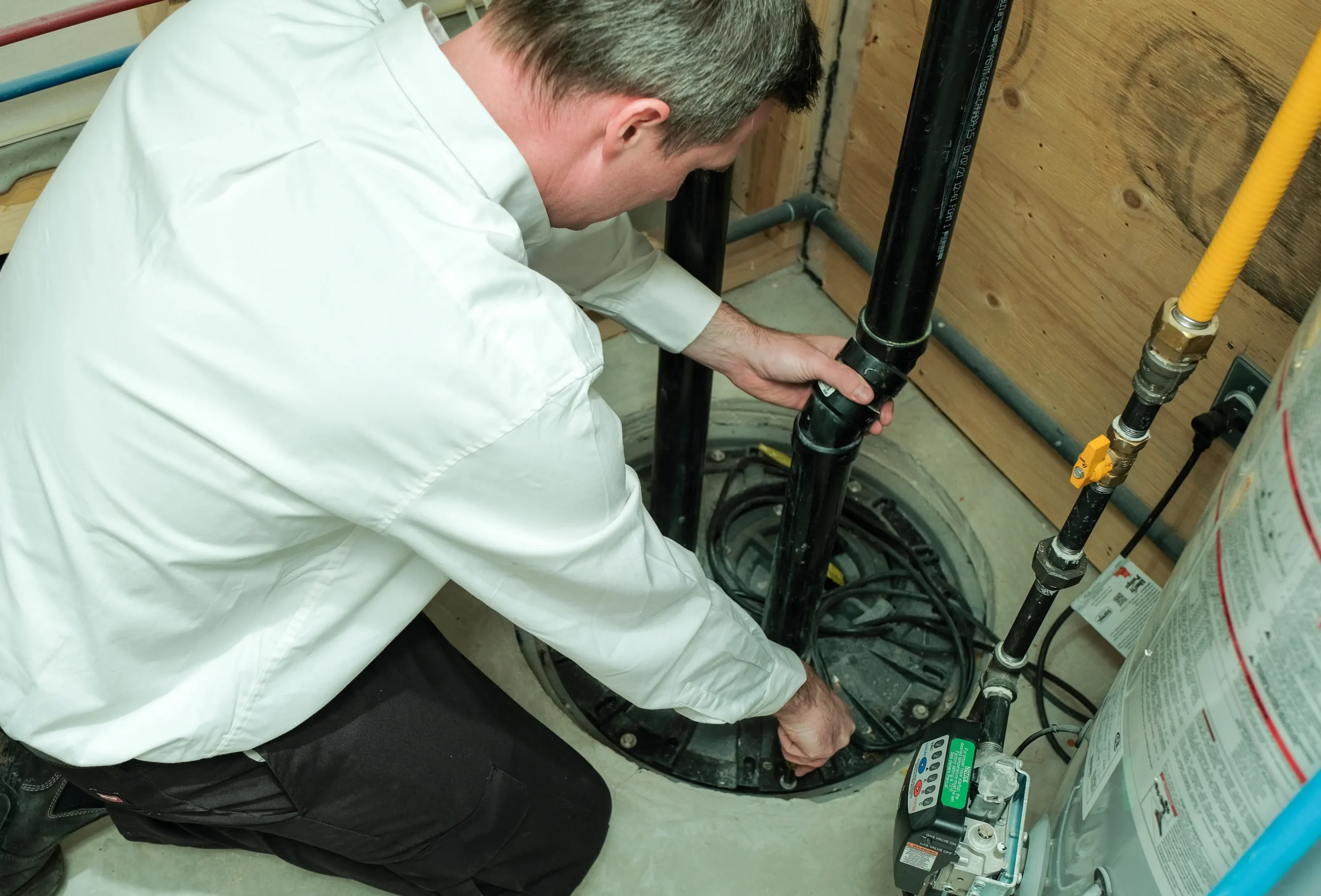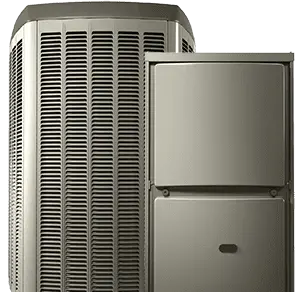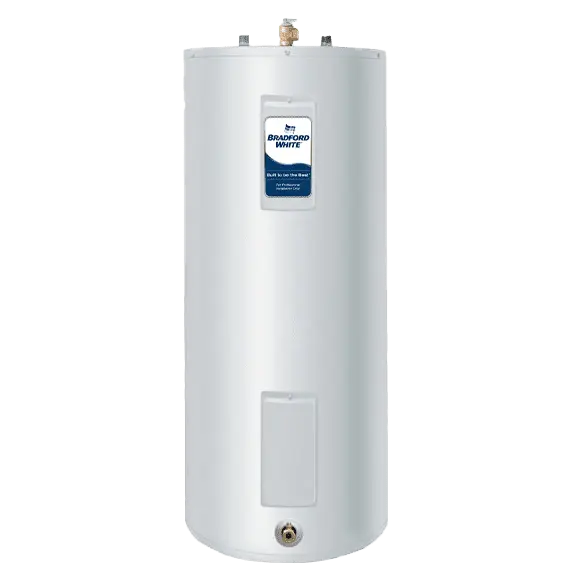Sudbury’s Early Snaps: Condensate & Drain Checks That Prevent Mid-Fall Lockouts

Sudbury’s Early Snaps: Condensate & Drain Checks That Prevent Mid-Fall Lockouts
High-efficiency (90%+ AFUE) furnaces produce more condensate than older units, and that condensate must drain properly every time the furnace runs. In October and November in Sudbury, daytime can be damp and mild, and then we get a sudden cold night. That on–off pattern makes any weakness in the drain path stand out quickly. If a hose is sagging, the trap is dirty, or the float/pressure switch sees water backing up, the furnace will protect itself and shut down. The good news is that most of the apparent problems can be spotted early, and a 669 Heat technician can test the rest during a fall tune-up.
Why Condensate Issues Show Up in Sudbury’s Shoulder Season
Sudbury’s weather swings are hard on drains. One day, the system barely runs; the next day, it runs steadily.
- The furnace cycles more, so more water moves through the trap.
- Cooler basements can cause hoses to develop low spots where water collects.
- Outdoor or unheated drain terminations can cool the water and slow it down. Exposed sections should be rerouted or insulated by a technician to prevent freezing in sub-zero weather.
- A bit of dirt from summer can get pushed into the trap on the first, more extended run.
Natural Resources Canada’s home heating guidance says to keep condensate drains clean, properly sloped and in line with manufacturer instructions for traps and safety switches. That is precisely what we want to do before the first real freeze.
Homeowner-Level Condensate Checks (Safe to Do Now)
You do not need to open sealed panels or touch gas/electrical to do these.
1) Look for water where it should not be.
Check the floor around the furnace, under the condensate pump (if you have one) and along the drain hose. Puddles, rust streaks or damp insulation near the furnace are early warning signs.
2) Follow the drain hose from the furnace to where it ends.
Find the outlet at the floor drain, pump or laundry tub. You are looking for kinks, crushed sections or low spots where water is sitting. A high-efficiency furnace wants a steady, downward path. If the hose is looping up and down, tell the 669 Heat tech so they can re-route it. Don’t cut, shorten, or relocate the drain yourself; report it to the 669 Heat technician.
3) Clear the area around the drain.
Make sure the floor drain or sink is not blocked with storage bins, dust or laundry. If the outlet is blocked, water can back up into the furnace, tripping a safety switch.
4) Listen while the furnace runs.
Gurgling, slurping, or a condensate pump cycling too often indicates that water is not moving smoothly.
These checks are visual only. Do not remove panels, do not take the trap apart and do not bypass any float or pressure switches.
Signs the Furnace Is Already Warning You
Sometimes the furnace gives you slight hints before a complete lockout.
First, check outside the cabinet: do you see water at the base of the furnace or around the pump? Is there a musty/sour smell near the drain?
Then, watch how the furnace behaves: does it start, run for a short time, then shut off? Are there fault or blink codes that clear, then come back? Is the pump running but not actually moving water out?
If you see any of those in October or early November, it is smart to have 669 Heat look at it before we get a stretch of sub-zero nights.
What 669 Heat Should Check Before the First Freeze (Pro-Only)
A licensed 669 Heat technician can go past the visual look and follow the manufacturer’s condensate/pressure-switch guidance:
- Inspect and clean the condensate trap in accordance with the furnace manual and Canadian/NRCan seasonal furnace guidance.
- Verify the drain hose’s slope, length, and supports to ensure there are no sags that could freeze.
- Flush the drain line to ensure water flows freely to the floor drain or pump.
- Test float switches and pressure safeties that shut the furnace down when water backs up.
- Check for water where it shouldn’t be, including at the furnace base and the secondary area.
- Confirm venting and outdoor terminations are clear so that exhaust moisture is not being trapped.
Tell the tech if you had repeat code resets or mid-fall no-heat calls last year. That helps them target the right component.
Safety, CO and 24/7 Heat
Condensate problems are not just messes on the floor. If water reaches the pressure tubes or switches, the furnace may think it is not venting properly and shut off to stay safe. That’s the furnace doing what it’s supposed to do. Don’t bypass or jumper any safety or float switches. Health Canada reminds homeowners to fix venting/combustion issues right away to reduce the risk of carbon monoxide. Test CO alarms regularly and follow manufacturer or local code guidance, especially after you’ve had a drain or venting issue. Sudbury homeowners like knowing 669 Heat has 24/7 emergency service, but it is always easier and cheaper to clear the drain now than to call at 1 a.m. in a cold snap.
Book a 669 Heat Fall Visit Before Sub-Zero Nights
The best time for this visit is right after you do the quick visual checks above. Tell 669 Heat what you saw: puddles, gurgling, low-hose spots, and they can move straight to cleaning, flushing, and testing. During the same visit, they can also look at filters, ignition, venting and the thermostat, so the whole system is ready for mid-fall temperature swings.

